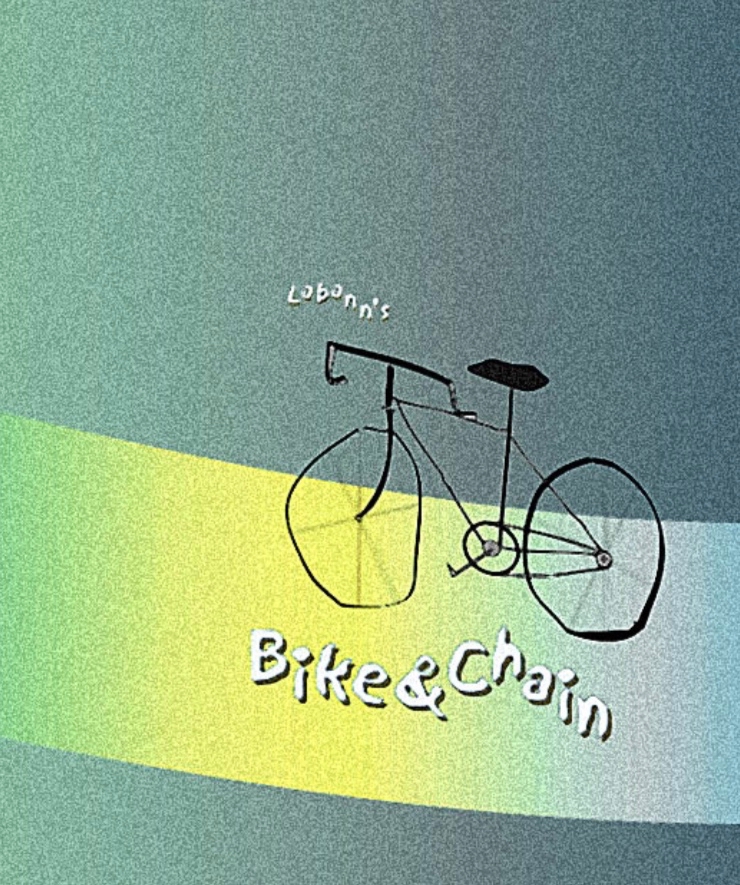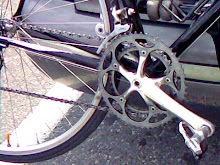There is no official recipe for Louisiana Gumbo, just a bunch of items, meats and/or shellfish including maybe alligator or squirrel stewed together, often thickened with roux, possibly filé powder or okra, and suffice by itself or over rice. It’s a complete meal, a cultural hodgepodge, just like those who settled in The Big Easy, and spicy fuel for pedaling thanks to Zatarain seasoning. Gumbo’s recipe mirrors a post about references to bicycling culture from all over United States.
Made in America (Richard Benjamin, dir., 1993) stars New York native Whoopi Goldberg, who falls for daughter’s anonymous sperm donor, white car salesman Ted Danson, though she rides a bike throughout, which causes scenes of havoc, and smashes interracial sex taboos. Sadly, Americans don't make nearly as much as they used to, however you want to interpret this.
Syndicated political cartoonist Matt Davies penned well regarded juvenile picture book, Ben Rides On (Roaring Brook Press, 2013), which deals with bike thieving bullies, who, as you all know, later run for Congress.
Infrastructure faults haunt Boston and Houston riders beset by motorized competition. Boston Globe reports on neighboring Cambridge’s first bike traffic light. Can’t see why it exists, since cops can’t effectively threaten or ticket anyone without a license to yank. Traffic codes were written to mitigate automotive carnage. A warning sign would have been plenty for those keenly aware of self propelled risks. Houston puzzles over the merits of paving paths for cyclists beneath high tension towers. After a bout of buzzing, no cyclist would want to repeatedly use. You can clearly see that it’s to segregate them from streets they are entitled to ride. Bike paths do play a role in urban and suburban snarl, but country roads usually aren’t so crowded that you need to separate users. If situation still seems fuzzy, bicycles do resemble spectacles, as confirmed by the current Glasses.com commercial.
Minneapolis activists present poster show Artcrank, with cycling related art cranked out quickly to enjoy with beer and locals. These events over 4 years have spread to 10 other cities with imminent September shows in Brooklyn and San Francisco.
Vernacular sculptor Isaiah Zagar, influenced by Barcelona’s Gaudi and Watts’ Simon Rodia, installed public art spots throughout Philadelphia, none so famous as The Magic Gardens, replete with broken bicycle wheels and other found objects, mosaicked grottos, and religious motifs. Kept a few busy for generations.
Community activist Jason Hall appears in a recently aired Apple IPad ad organizing a weekly Slow Roll group ride. Sure. Detroit’s spacious boulevards are practically empty after city’s manufacturing collapse and population exodus. Like David Byrne, who wrote about riding in Detroit in his Bicycle Diaries, Joe Baur seems to concur with Jason in his BBC article, “Cycling Detroit Makes Too Much Sense”. More telling is General Motors new program to share Zagster bikes with employees in their nearby Warren Technical Center. Although a first for US automakers, European BMW and Mercedes have ridden bikes for decades to get efficiently around huge assembly facilities. But can this startup succeed by partnering with private industry when public programs, particularly Alta Bicycle Share in over 20 cities, have required subsidies to stay alive? You’d think more would choose bike sharing and plan to use if offered nationwide alongside airports, bus stations, hotels, and train terminals.
When manufacturers dwindle, cities crumble and government agencies stumble trying to distribute welfare and employ masses. Who pays? Can’t hike taxes to hire more bureaucrats. Private sector provides civil underpinnings, but stupid policies undermine labor equality. Offshoring jobs should be a crime, yet tax code gives corporations incentives to do so. The only way to restore greatness is to re-shore core industries, the key generators of wealth: farming, manufacturing, and mining. Why bother to celebrate a national holiday when foreign slaves produce everything you apply, consume, or wear? Whose labor?
Monday, September 1, 2014
Subscribe to:
Post Comments (Atom)





No comments:
Post a Comment